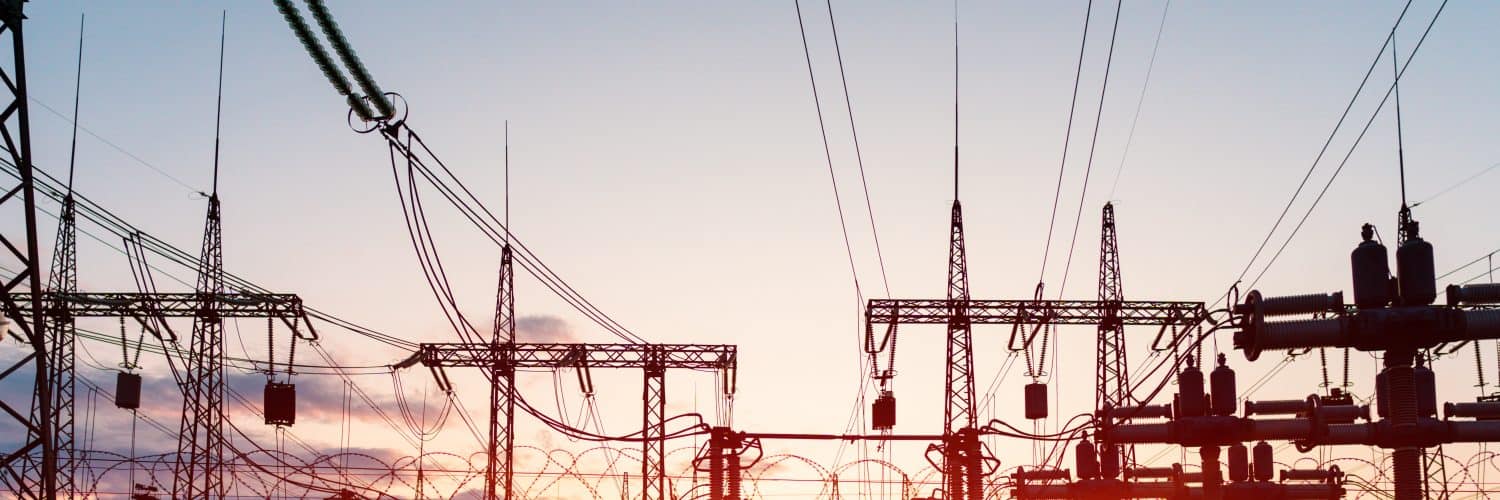Alberta’s weighted average Power Pool Price for April is currently $90.46/MWh, representing a further decrease of $1.69/MWh or 1.8% relative to last week’s settle of $92.15/MWh. Prices have softened the closer we get to months’ end, with pricing averaging $62.53/MWh from the 24th onward. Demand has remained flat over the past week, with a negligible change of 3MW. Several generator outages caused some volatility in earlier parts of the week, but Genesee 1, Sundance 6, Battle River 4 and HR Milner have all come back online; as a result, 1,164MW of generation returned to the grid. Furthermore, there are outages at both interties importing electricity from Montana and BC, with no significant impacts on hourly pricing.
The weighted average Hourly Ontario Energy Price (HOEP) is currently at 0.9¢/kWh for the month of April, a drop of 10% or 0.1¢/kWh compared to last week’s settle. This decrease in price is driven by a slight uptick of supply (+2%, 14,744MW), while demand has remained stable (13,567MW) compared to average April levels. The supply mix has also shifted, with an increase in nuclear (+6%, 9,120MW) and a decrease in expensive natural gas (-9%, 280MW). Wind and solar have also increased their supply (+9%, 1,261MW; +8% 101MW), while hydro and biofuel have decreased their contribution (-6%, 3,943MW; -24%, 40MW). Currently, with the first Global Adjustment estimated at 6.1¢/kWh and the first estimate recovery rate at 0.8¢/kWh, April’s total market price is 7.8¢/kWh.
In other electricity news, as part of their semi-annual review, the Ontario Energy Board (OEB) has announced new rates effective May 1st, 2021 for small businesses who are on a Regulated Price Plan (RPP). Summer Time-of-Use (TOU) rates are 8.2¢/kWh (off-peak), 11.3¢/kWh (mid-peak), and 17.0¢/kWh (on-peak), while Tiered rates are 9.8¢/kWh up to the non-residential threshold of 750kWh/month, and 11.5¢/kWh for additional consumption. With these new, slightly lower, RPP rates, along with the reduction of the Ontario Electricity Rebate from 21.2% to 18.9% (both effective May 1st, 2021), the typical small business customer should expect their electricity bill to remain stable.
Additionally, as a reminder for large commercial and industrial clients, the start of the next Class A base period starts May 1st, 2021. This means that action taken to reduce your contribution to the Top 5 coincident peaks between May 1st, 2021 and April 30th, 2022 will lower your Peak Demand Factor (PDF) and Global Adjustment (GA) charges during the adjustment period of July 2022-June 2023. We will send day-of notifications when our forecasting models indicate that provincial demand is expected to become a Top 5 peak for this upcoming base period.
– Mark Ljuckanov, Energy Advisor / Ryan Cosgrove, Energy Data Analyst / Sarah Clemente, Energy Data Analyst








Add comment